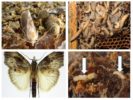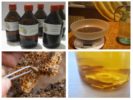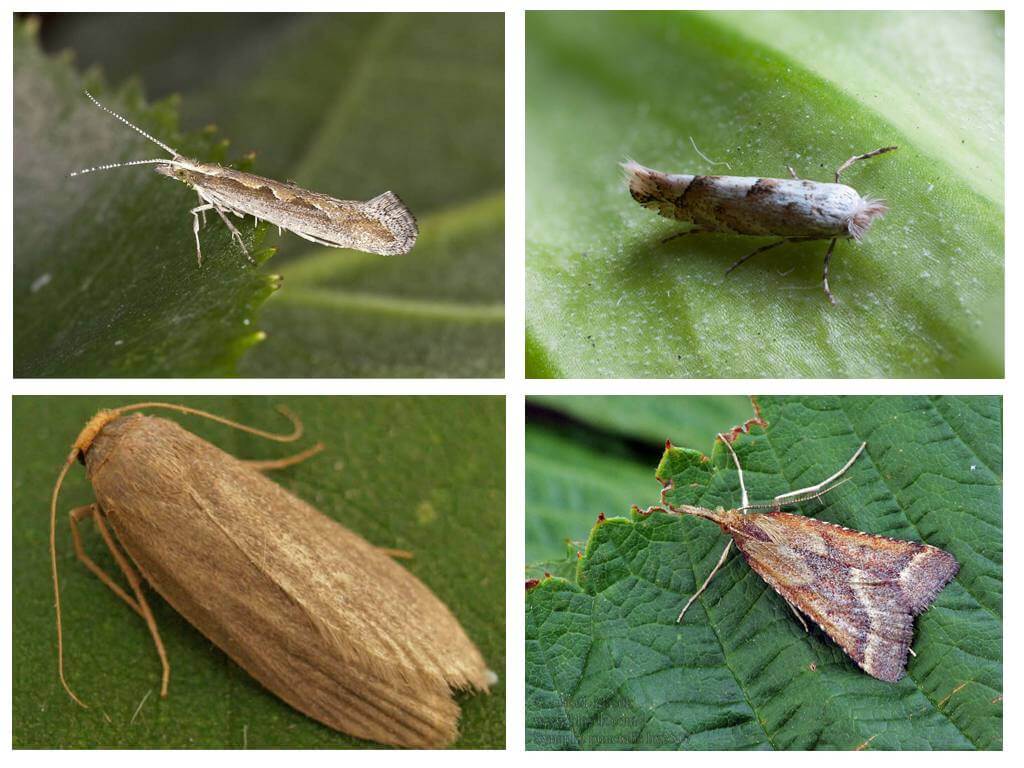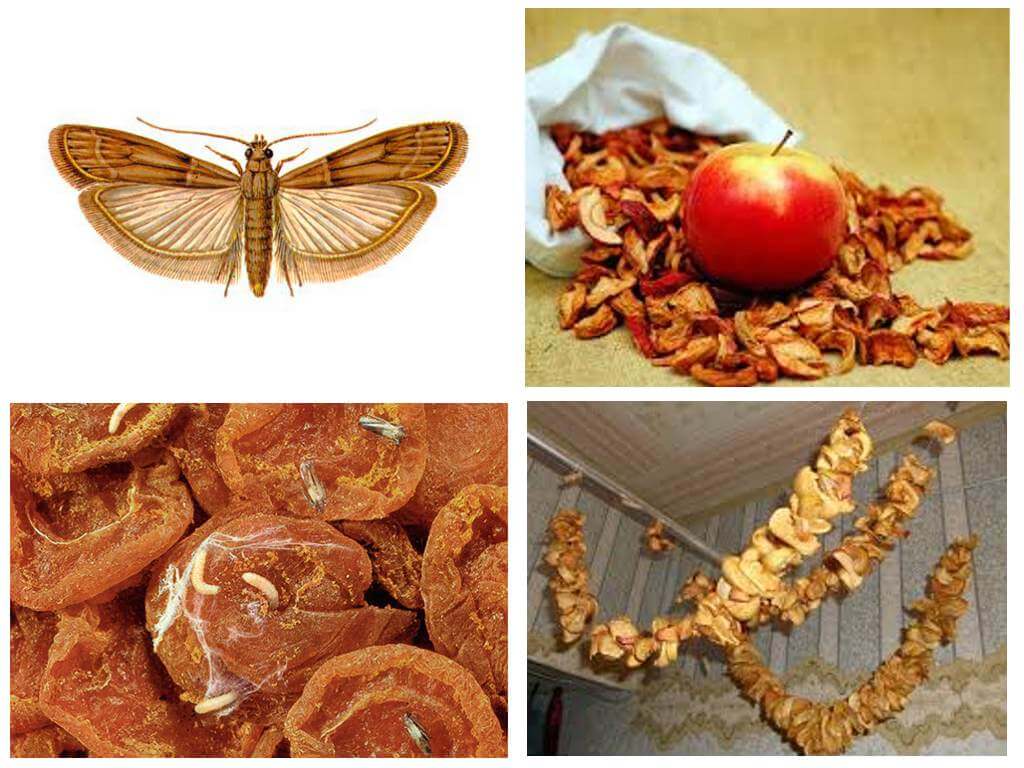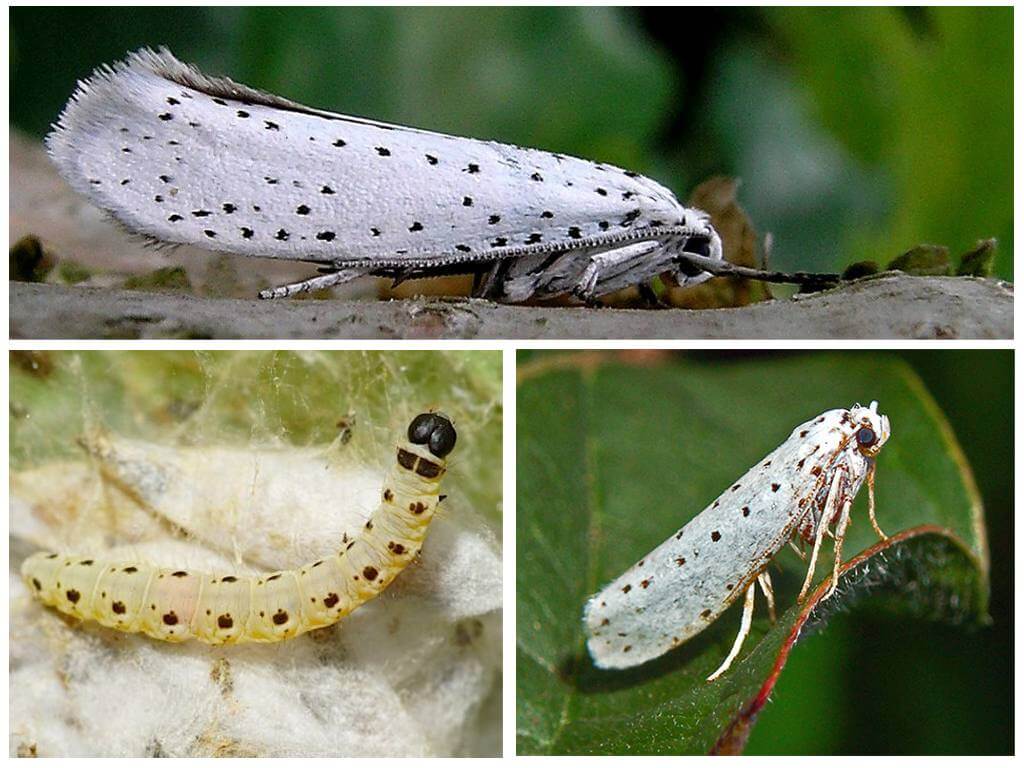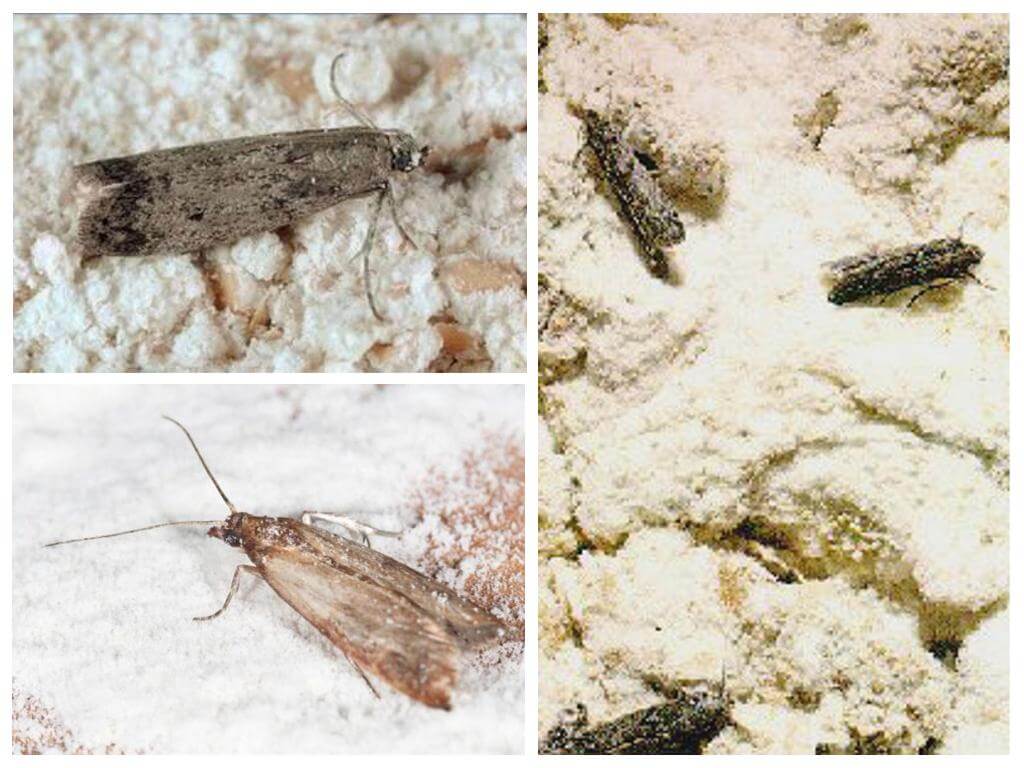- Moth fire
- Tincture of Fire
- Tincture of wax moth
- Tincture of wax moth
Bee Moth, referred to as wax moth or fireplug - the worst parasite in the apiary. Moth larvae feed on all beekeeping products. A large population in the hive causes the death of the bee colony. However, the insect gained fame not because of the harm done, but because of its healing properties. According to manufacturers, the use of bee moth tinctures can replace the complex treatment of the whole organism. The tool heals from tuberculosis, cancer, gastrointestinal diseases, respiratory, excretory, reproductive systems. Is there any scientific background for such unsubstantiated statements or is this the marketing move of enterprising beekeepers - let's understand.
Life features of a bee moth
Bee moth - This is a butterfly from the ognevok family, which lives everywhere where there are apiary farms. In adulthood, the insect has a nondescript gray color. The length of females reaches 30-35 mm, males 15-20 mm. The resemblance to domestic moth is manifested in the shape of a head.
Interesting!
Bees, which are always on guard of their hives and do not allow strangers, do not define bee moth as an enemy. Butterflies and their offspring exude odorous substances that are similar to the aromas of the bees themselves. Therefore, they can freely enter the hives, lay eggs and eventually displace the true "owners".
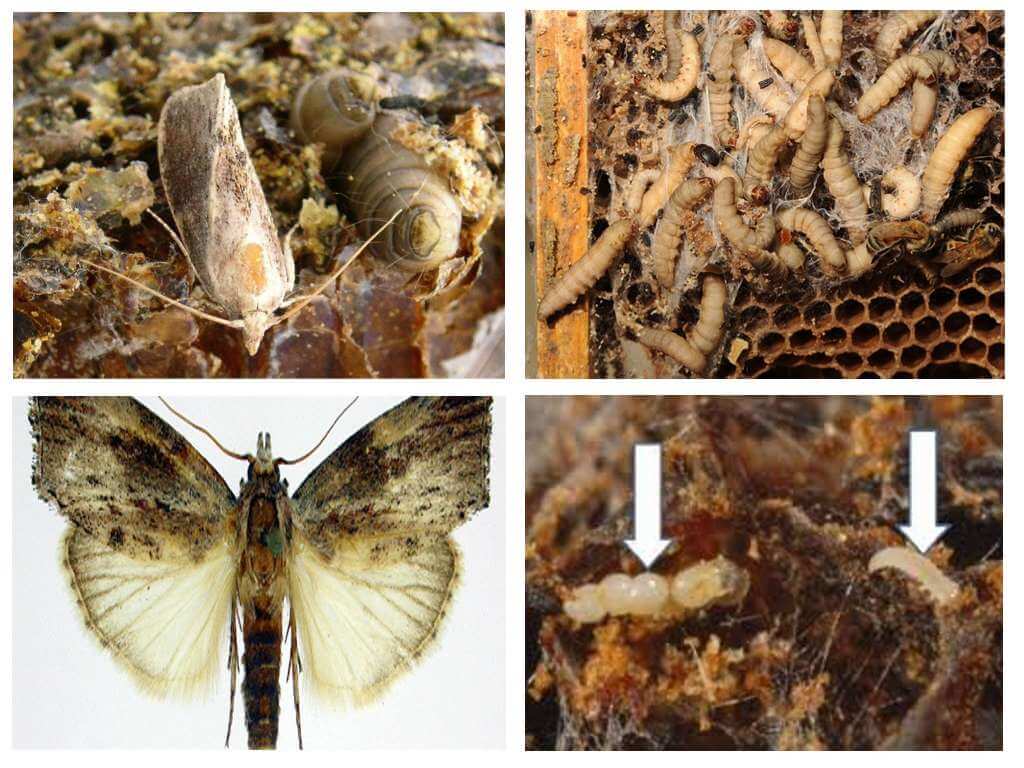
The mouthpart of an adult butterfly is not intended for nutrition. Moths replenish their energy needs through savings made in the larval stage. The main purpose of adults is reproduction. Mating takes place outside the hive. Then the female enters the hive and lays her eggs in it.
Newborns moth larvae at first eat honey. The strengthened young growth switches to a more solid diet and eats literally everything that is in the hive: honeycombs, bee bread, wax, and death. With a lack of food, a tendency to cannibalism is manifested. After the caterpillar gains the required mass, it passes into the pupation stage. Excessive infection of the hive leads to the fact that the bees leave their home or die.
The benefits and harms of bee moths are a matter of discussion and debate. And if the harmfulness of the insect is obvious, then the benefits are still not proven by anyone. The medicinal properties of an unrecognized official medicine are in great doubt. The version according to which enterprising people spread the legend about the effectiveness of wax moths and sell tincture with floating tracks of unknown origin to trusting citizens looks plausible.
On a note!
The bee moth larvae are very similar to the barn moth larvae, codling mothmill fruit bumpshaving nothing to do with bees. Only a specialist can determine the species affiliation.
What is the secret of bee moth tincture?
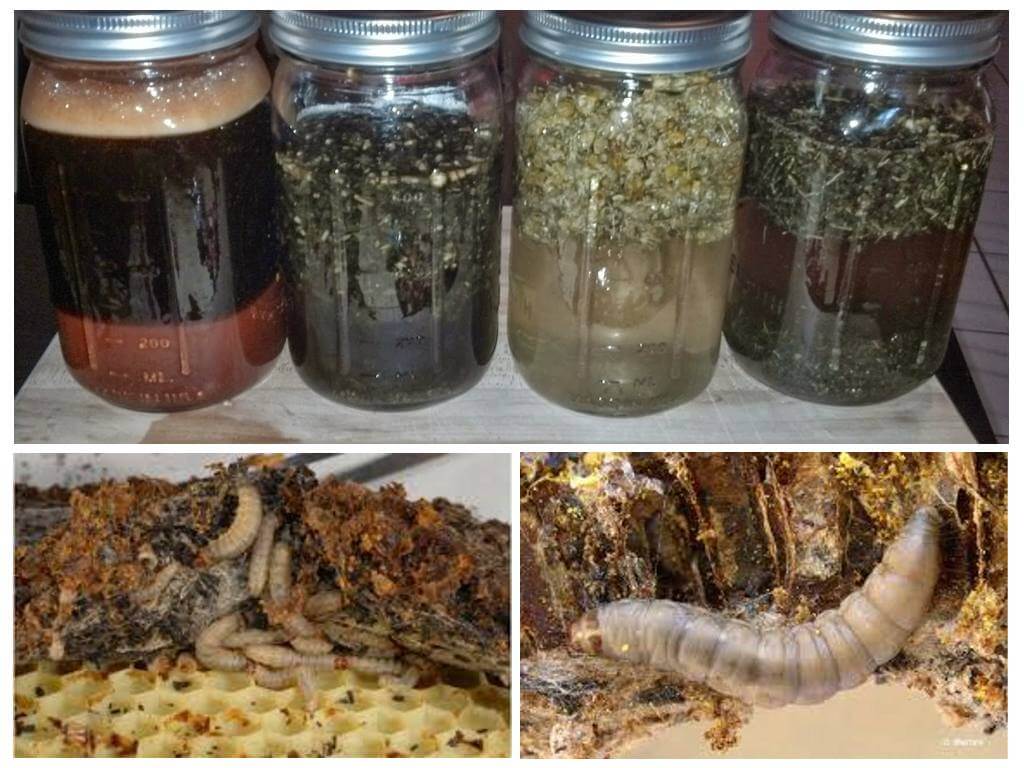
Bee moth itself does not exhibit healing properties. A folk remedy is prepared from larvae that have not yet reached the pupation phase.According to manufacturers, the larvae contain a special enzyme called cerrase, which has a destructive effect on tuberculosis microbes. Taking into account the fact that the young generation eats exclusively bee products, the composition of the larvae is enriched with all the useful substances that are contained in all bee products:
- vitamin complex;
- protein, lipids;
- nucleotides, peptides;
- trace elements;
- enzymes;
- lipids.
Tincture of wax moth has a wide spectrum of action:
- antimicrobial;
- immunomodulatory;
- resolving;
- antiviral;
- bronchodilator;
- healing;
- tonic;
- antioxidant;
- soothing;
- antiparasitic.
Based on such a complex effect, the use of bee moth tinctures is no less diverse: tuberculosis, postoperative period, diabetes, male and female infertility, impotence, hypertension, varicose veins, weakened immunity, cancer treatment, asthma, insomnia, stomach ulcer.
Initially, treatment with bee moth was aimed at people with tuberculosis. Over time, in order to cover a wider circle of the target audience, the list of diseases from which tincture can help was regularly updated. Perhaps there is no disease that could not defeat the miracle extract.
Preparation of tinctures and dosage

The tincture of the bee moth and its properties are due to the rich composition of the larvae. Therefore, to prepare the elixir, larvae that have not reached the pupation stage should be used. Raw materials are placed in a glass container and filled with alcohol. The proportions of the ingredients depend on the concentration to be obtained.
Folk doctors prepare the so-called extract of 10% and 20%, the ratio of larvae to alcohol in them is 1:10 and 1: 5, respectively. After the animals were immersed in alcohol, the container is tightly closed and put in a darkened place. The resulting substance must be insisted within a week.
The dosage and the treatment itself is “prescribed” by the same beekeeper, manufacturer. For diseases of moderate severity, it is usually recommended to use 2-3 drops for every 10 kg of weight three times a day. In severe forms of tuberculosis, the dosage increases almost three times.
Beekeepers, part-time healers, strongly recommend drinking bee moth tincture in courses. After a month of taking the drug, a 30-day pause is made, then the mole therapy is resumed. The minimum course is 6 months, ideal is 1 year. Therefore, one bottle of tincture is indispensable. At least they will need 6-7 pcs. The cost of each varies from 500 to 700 rubles.
It is forbidden to use tinctures for children under 14 years of age, for women during lactation and pregnancy, as well as in the presence of allergic reactions to beekeeping products. The rest of the people who are not on this list, the use of an alcohol solution with floating tracks is not forbidden. With moderate consumption, tincture will not harm the body.
History of the use of tinctures
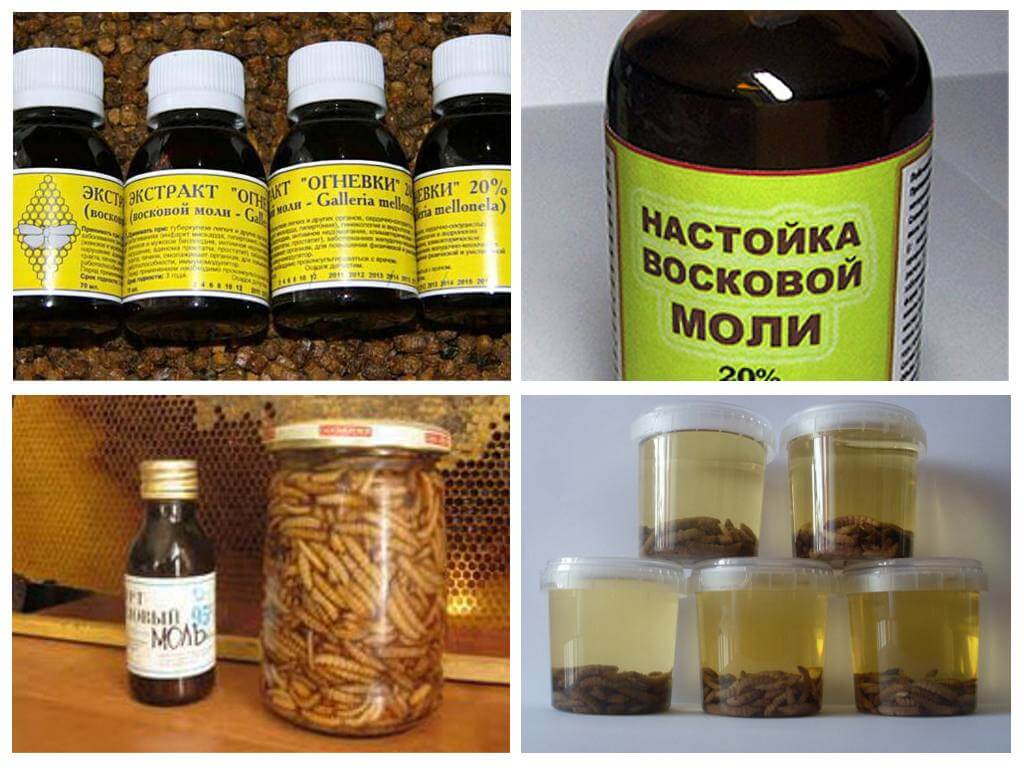
According to legend, a tincture of bee moth extract was used in the 17th century to treat tuberculosis, and the first studies of the properties of the moth belong to Mechnikov. The question arises, if the tincture was so widely used in folk medicine, then why did people die in large numbers from tuberculosis until the 20-30 years of the last century. Mechnikov really studied tuberculosis, namely anti-tuberculosis immunity. About his research wax moth extract history is silent.
Further, the relay of studying the unique properties of moths was transferred to Metalnikov and Zolotarev. The most significant studies were conducted by S. A. Mukhin. According to some sources, he is a homeopath, according to other therapists, in third sources he is a cardiologist. In childhood, the doctor himself had tuberculosis. He was saved from a dangerous ailment by the tincture of moth, which the father of the future scientist acquired from healers.
Mukhin devoted his whole life to the study of wax moth and revealed that with its help it is possible not only to treat tuberculosis, but also caverns, as well as dissolve scars and accelerate the recovery process after a heart attack. Everything would be very believable, but in medical circles the name of the doctor is not known to anyone. Wikipedia also has no mention of the homeopathist S. A. Mukhin.
The enzyme cerrase, on which adherents of moth therapy rely, is not listed in any authoritative catalog and its formula is not familiar to biologists. But reviews after treatment with tincture of moths can be found without difficulty.
You can bring the “scientific base” to anything, the main thing is that someone believes in it. With the same success, one can argue the treatment with worms, which was done by an American researcher. Helminthotherapy is no less popular in America than wax moth treatment in Russia. According to the scientist, parasites are an indispensable element in the human body. Without them, the entire biological chain is disrupted, which leads to allergic reactions, asthma.
The only thing that can explain the effect of treatment with tincture of bee moth is the placebo effect. When a person strongly believes that the use of the drug will lead to his recovery, the self-healing mechanism is launched in the body. This phenomenon has not been fully studied, but a number of experiments confirm that in more than 60% of cases, dummy tablets really help to defeat the disease.
